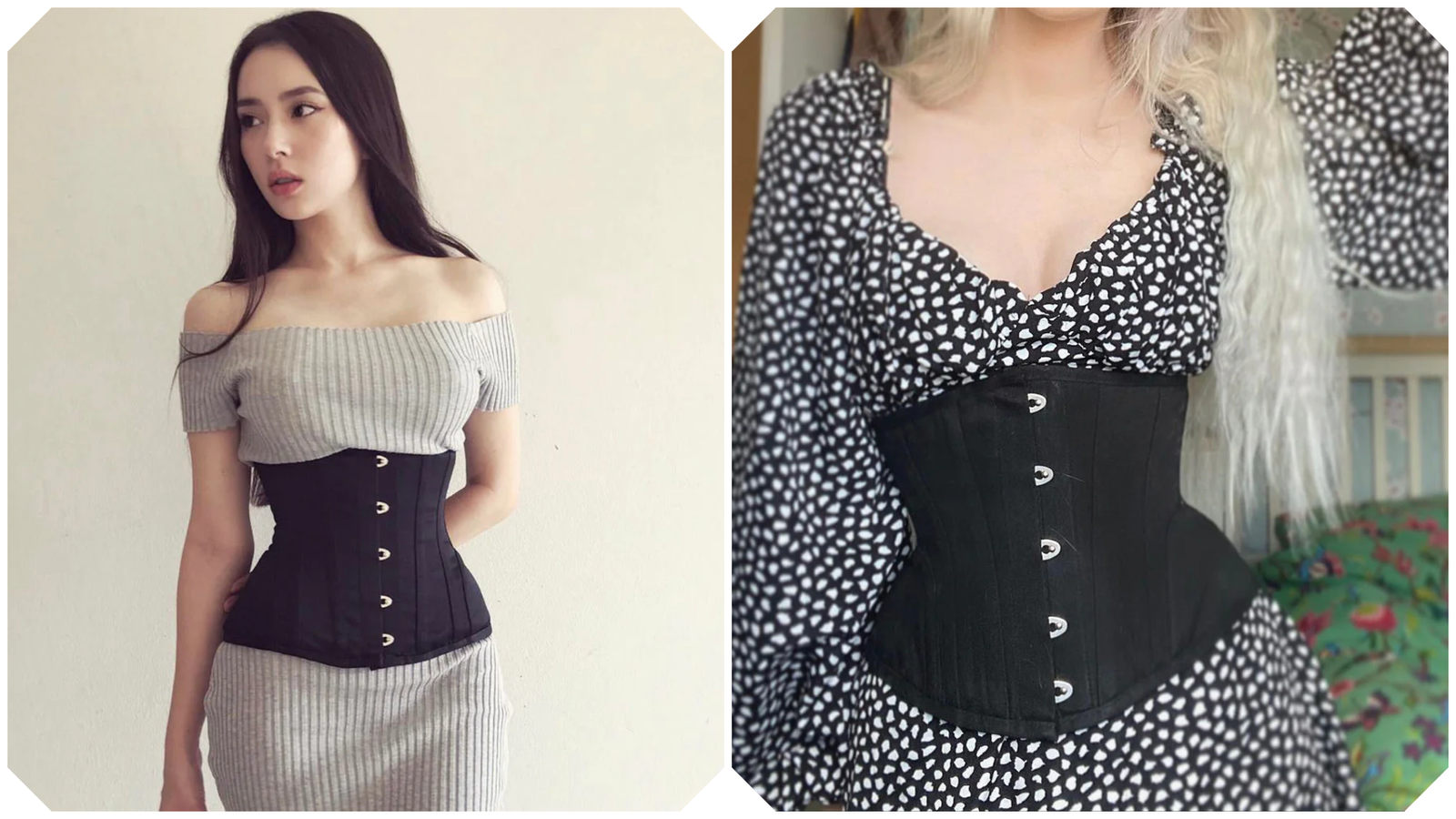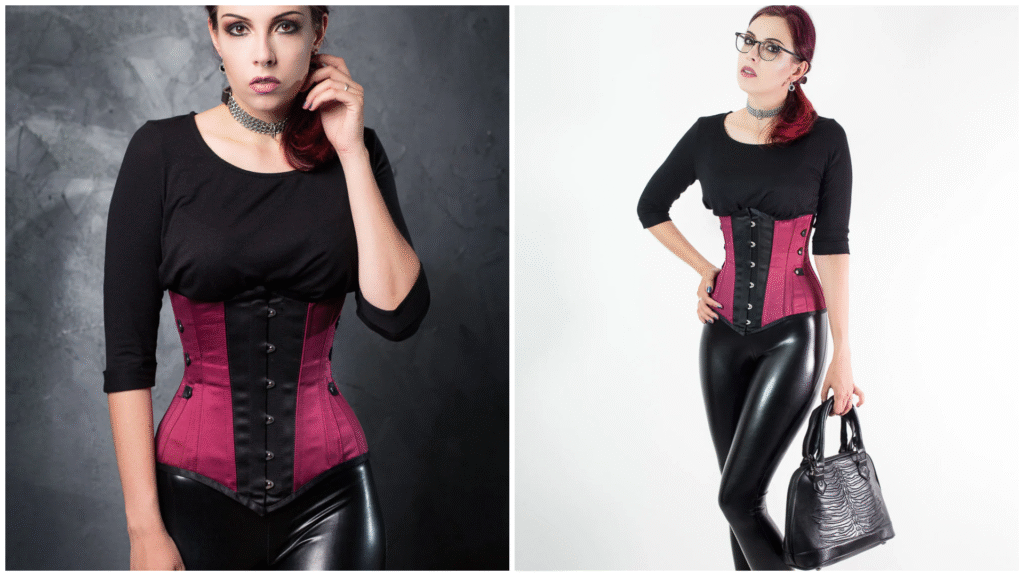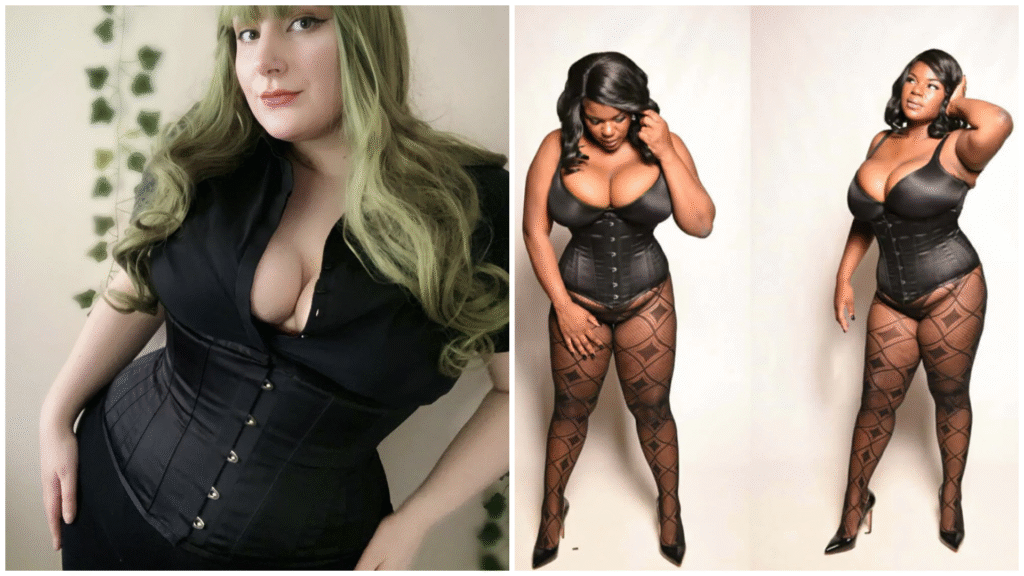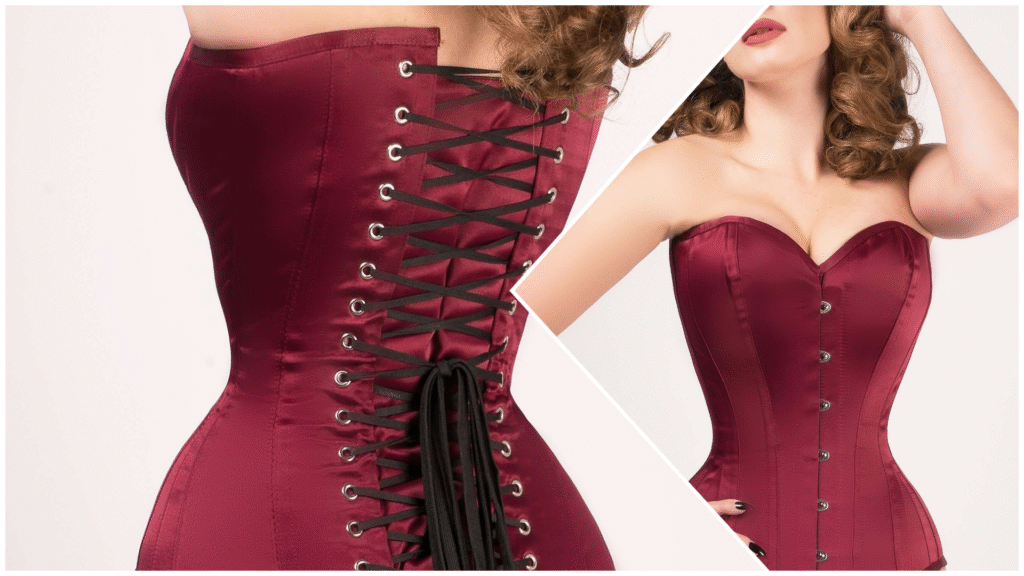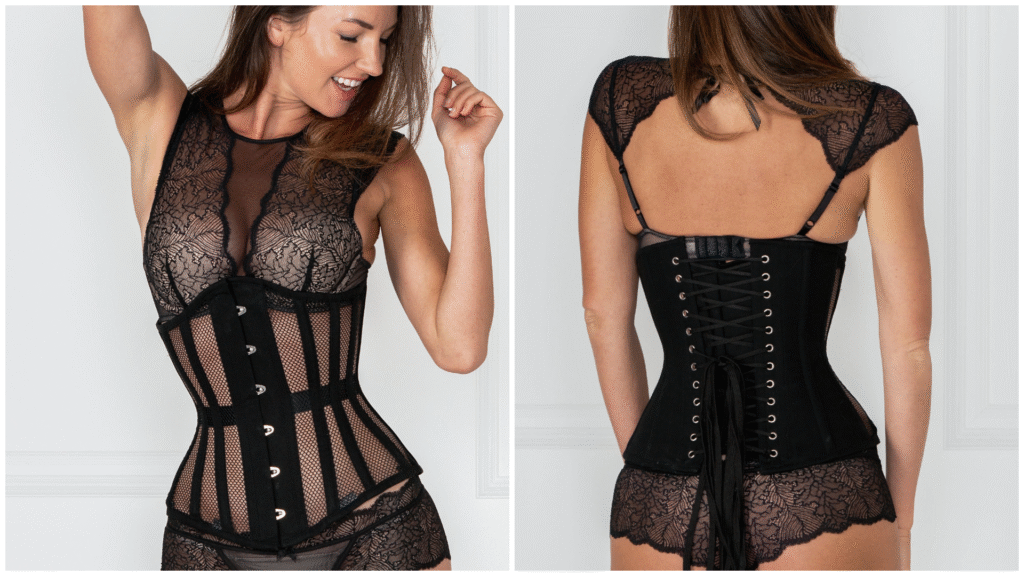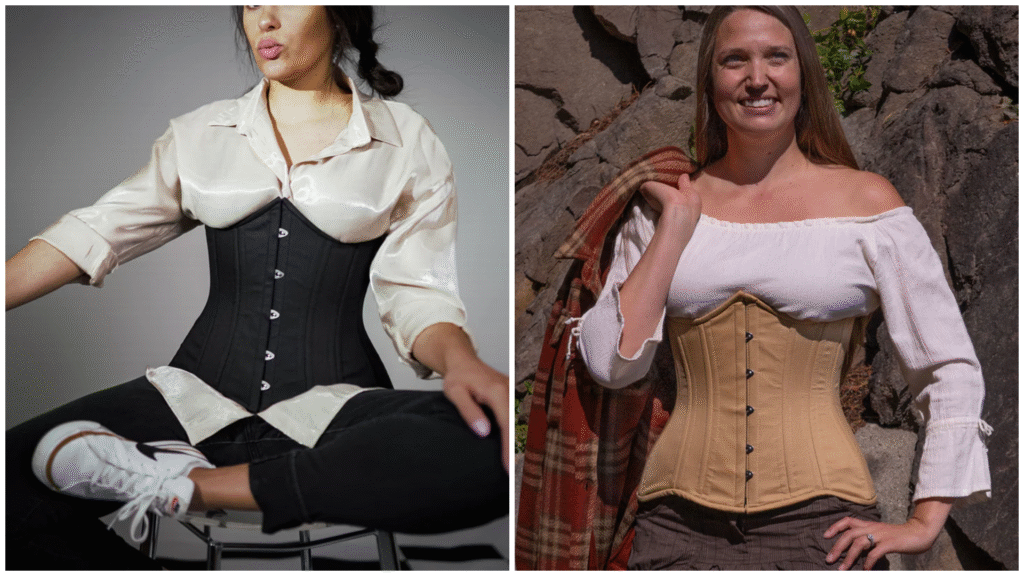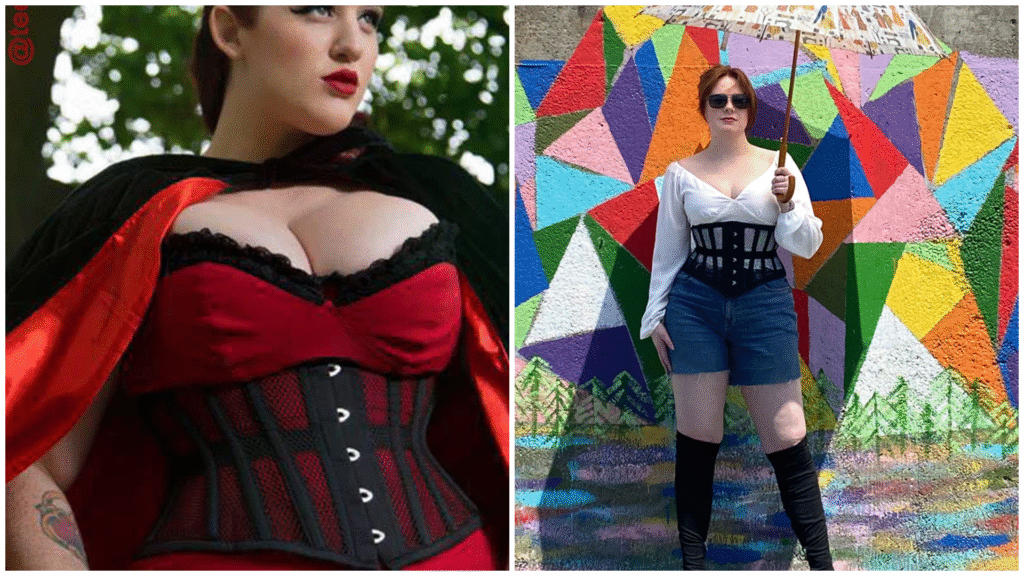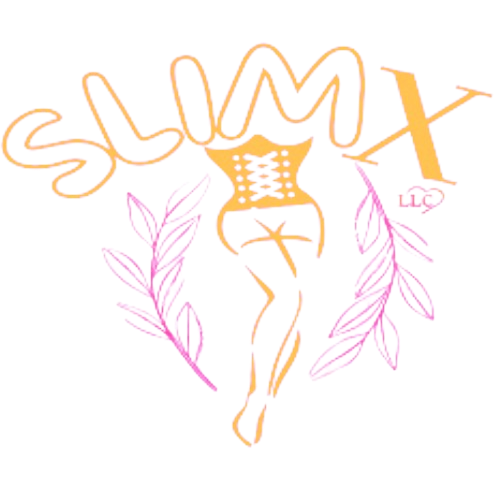Finding the best waist trainer for weight loss and shaping is a goal many women share in 2025. Waist trainers have become more than just a fashion accessory—they are now a fitness and lifestyle tool designed to enhance workouts, improve posture, and deliver instant slimming results. But with so many options available, from latex trainers to neoprene sweat belts and steel-boned corsets, choosing the right one can feel overwhelming. This guide will help you understand what to look for in a waist trainer, how different types work, and which styles are best suited for weight loss and shaping your body into a natural hourglass curve.
Why Waist Trainers Are Popular for Weight Loss
Waist trainers are designed to compress the midsection, making your waist appear smaller instantly. Beyond that, many modern trainers are crafted with heat-retaining materials like neoprene or latex that increase thermal activity around the abdominal area. This means that while you work out, your body sweats more, helping you burn calories faster. While a waist trainer alone cannot magically melt fat, it can enhance the results of a balanced diet and consistent exercise routine.
Many women also choose waist trainers because they provide posture support. Sitting or standing for long periods often leads to slouching, but a waist trainer encourages proper spinal alignment. This added benefit is especially useful for women who want both fitness results and improved body confidence.
Key Factors to Consider When Choosing the Best Waist Trainer
When searching for the best waist trainer for women, several factors play a critical role. The material is often the first thing to check. Latex waist trainers are firm, durable, and excellent for shaping the midsection. Neoprene belts, on the other hand, are lighter and designed specifically to maximize sweat during workouts. Cotton or spandex trainers are softer, making them ideal for sensitive skin or postpartum recovery.
Another important consideration is the type of boning. Steel-boned corsets deliver dramatic waist reduction and shaping but may feel too rigid for daily wear or fitness activities. Plastic-boned or boneless trainers are more flexible, allowing freer movement, especially during exercise. Closure styles also vary, from hook-and-eye rows that allow gradual tightening, to zippers and Velcro belts that are quick and easy to adjust.
Length and coverage are equally important. Shorter trainers target only the waist, while longer designs extend to the torso and hips, giving more comprehensive shaping. The right choice depends on whether you need a trainer for everyday wear under clothing, or for intense workouts at the gym.
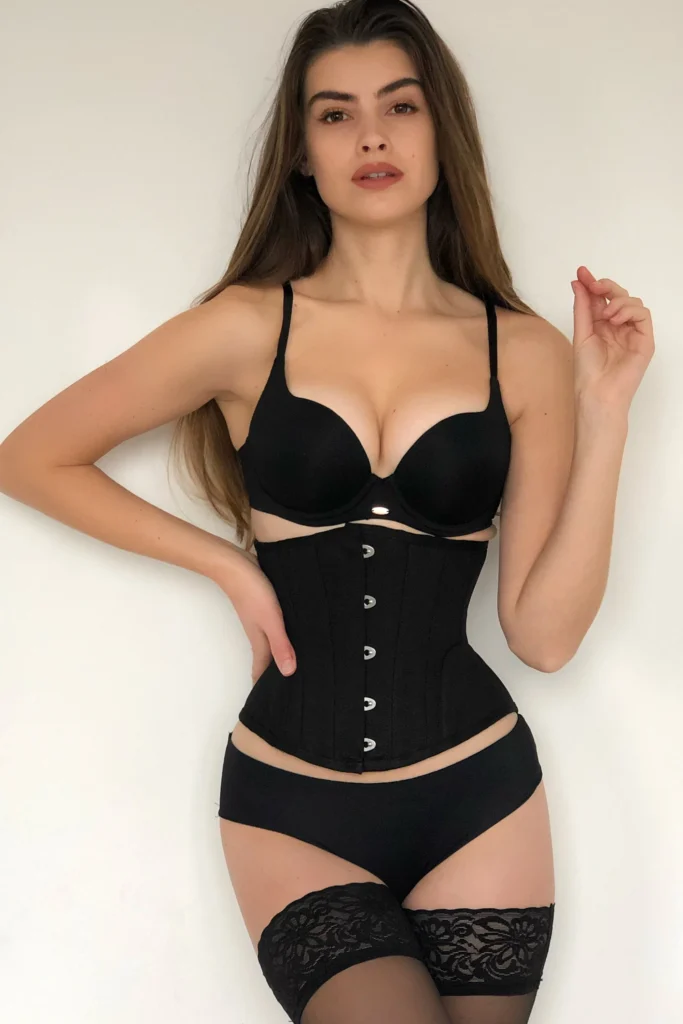
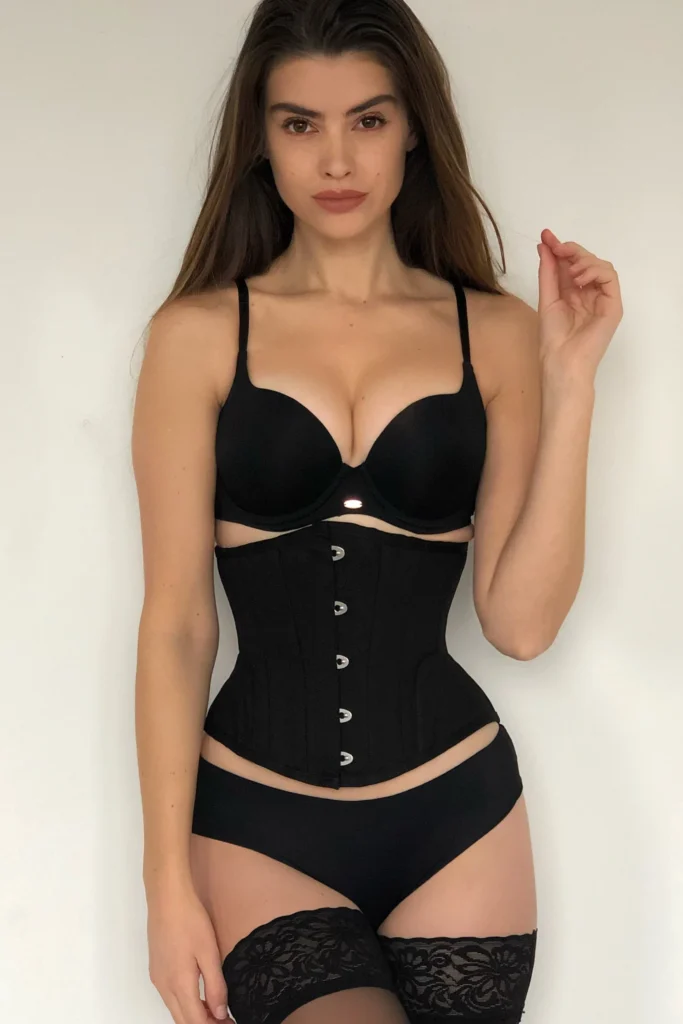
Comparison of Waist Trainers for Weight Loss and Shaping
| Waist Trainer Type | Material | Best Use | Comfort Level | Shaping Effect | Price Range |
|---|---|---|---|---|---|
| Latex Waist Trainer | Latex + Cotton | Everyday shaping & posture | Moderate | Strong | $$ (Mid-range) |
| Neoprene Sweat Belt | Neoprene | Workouts & fitness training | High | Moderate | $ (Affordable) |
| Steel Boned Corset | Satin + Steel Boning | Hourglass shaping, special occasions | Low | Very Strong | $$$ (Premium) |
| Postpartum Waist Trainer | Cotton + Spandex | Post-childbirth recovery | Very High | Gentle | $$ (Mid-range) |
| Zipper Waist Cincher | Latex + Spandex | Under clothing for slimming | High | Moderate | $$ (Mid-range) |
Choosing the Right Waist Trainer for Your Goals
If your main goal is weight loss during workouts, neoprene sweat belts are the best option. They are lightweight, increase sweating, and provide flexibility for movement. For women who want long-term shaping and everyday use, a latex waist trainer is more suitable. It not only slims the waist instantly but also encourages better posture throughout the day.
Steel-boned corsets, while not the most comfortable, are unmatched in creating a dramatic hourglass figure. These are best reserved for occasions where aesthetics matter most. For new mothers, postpartum waist trainers are gentle yet supportive, helping abdominal muscles recover without strain. Women looking for discreet wear under clothing should choose zipper cinchers that remain invisible under dresses and office attire.
Tips for Successful Waist Training
To get the most out of your waist trainer, start by wearing it for short periods—around one to two hours a day—and gradually increase the duration as your body adjusts. Always listen to your comfort level. A waist trainer should feel snug, not painfully tight. Pairing waist training with a healthy diet and regular exercise ensures lasting results, as no waist trainer can substitute for an active lifestyle.
Another key tip is to measure your waist accurately before purchasing. A correct fit is crucial for both safety and effectiveness. Buying a waist trainer too small will not accelerate results; instead, it may cause discomfort and restrict breathing. Similarly, a trainer that is too large won’t deliver the shaping benefits you want.
Final Thoughts
Choosing the best waist trainer for weight loss and shaping comes down to understanding your personal goals, lifestyle, and comfort preferences. If your focus is fitness, a neoprene sweat belt is ideal. For everyday shaping, a latex waist trainer is the perfect companion. Postpartum trainers offer gentle support for new moms, while steel-boned corsets remain the ultimate choice for dramatic curves. No matter which option you choose, waist trainers in 2025 are designed to be more versatile, stylish, and effective than ever before.
With the right trainer, you can enjoy not only a slimmer silhouette but also improved posture, boosted confidence, and enhanced fitness results. Waist training is more than a trend—it’s a lifestyle choice that empowers women to look and feel their best.


